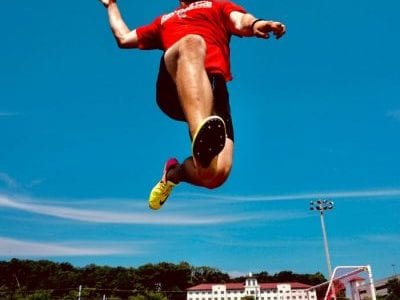
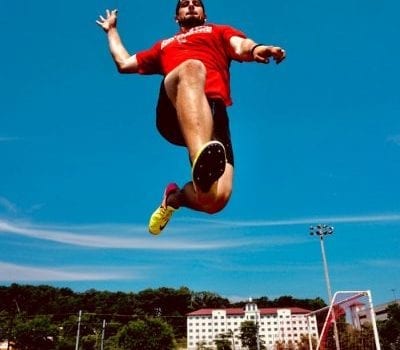
Is Sport-Specific Training Necessary?
LEVELUP INSIDERS January 20, 2017 Tim Rudd 0

Specialized Sport Training Isn’t A Necessity.
I’m sure you’ve heard the term “sport-specific training” more than once in your life.
Well the cold hard fact is that it doesn’t exist, especially not with young athletes. When working with pre-adolescent and high school athletes, there’s undeniable truth. This is that trainers are dealing with an organism that is in the process of growth.
This is a fact trainers cannot do anything about, or disrupt — even though many try.
_______________________________
GET CONNECTED:
Follow SportStars on Twitter & Instagram | Like us on Facebook | Subscribe!
_______________________________
What a growing and maturing body needs in order to remain injury-free and develop optimal athletic skill is variety.
With respect to training, this amounts to NOT having a hyper-focus on making a young athlete a better football player by only doing exercises in the gym that NFL players would do. The strongest and fastest athletes in any sport are the ones who had the greatest diversity of training while they were young. This means that the training program for a female soccer player shouldn’t be that much different from a male baseball player.
In time, more specific training programs will be necessary to maintain or improve upon the strength and power needs for a specific sport or position. So as a general rule, throughout high school, roughly 70 percent of a young athlete’s training program should be based on general fitness and athletic ability.
Here is a perfect example of linking general and specific skill together over time:
1). It is important for athletes to develop good general movement ability. So I first introduce lots of linear, lateral, vertical and retreating skills. These skills allow the athletes to gain functional mobility and stability as well as body awareness and control.
2). The next step is to introduce rapid footwork skills. This teaches athletes to move the feet and hips independent of the upper body. This is called “repositioning.” I begin by using simple line drills, ladder work and Low Box Training. These exercises allow the athletes to understand the concept of staying level. Also they learn repositioning the feet for greater acceleration and deceleration angles.
3). Finally, an introduction to specific patterns of movement which allow athletes to use the general skill patterns in a more specific pattern. For example; soccer athletes must be able to quickly accelerate forward to close out, decelerate, and quickly whip the feet and hips around in order to defend against a player attempting to get past them with the ball.
Forcing players to become very specific before they have developed a foundation will limit their diversity of skills and athleticism.
When using a system that focuses on general skill development based on sound principles of movement, young athletes will see a tremendous improvement. Improvement in speed, quickness, body control and – most importantly — injury reduction.

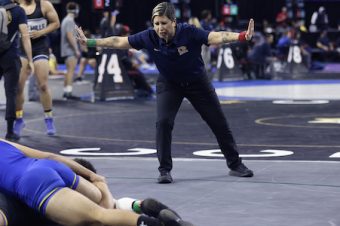
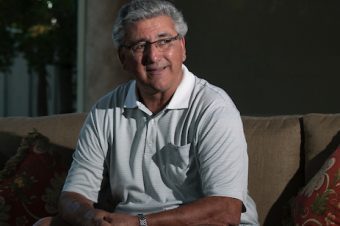
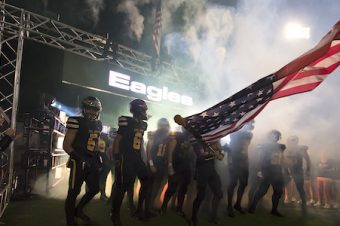
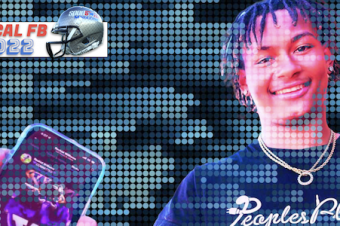
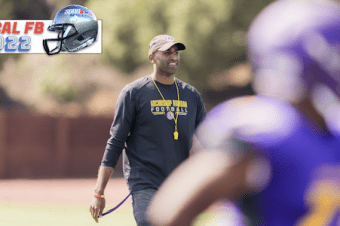
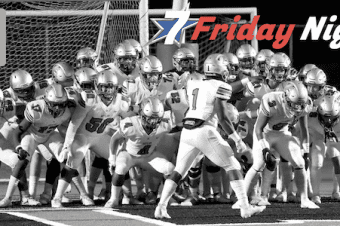
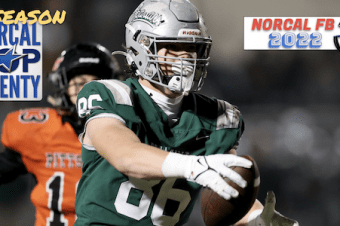
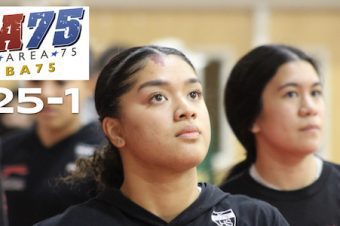

No comments so far.
Be first to leave comment below.